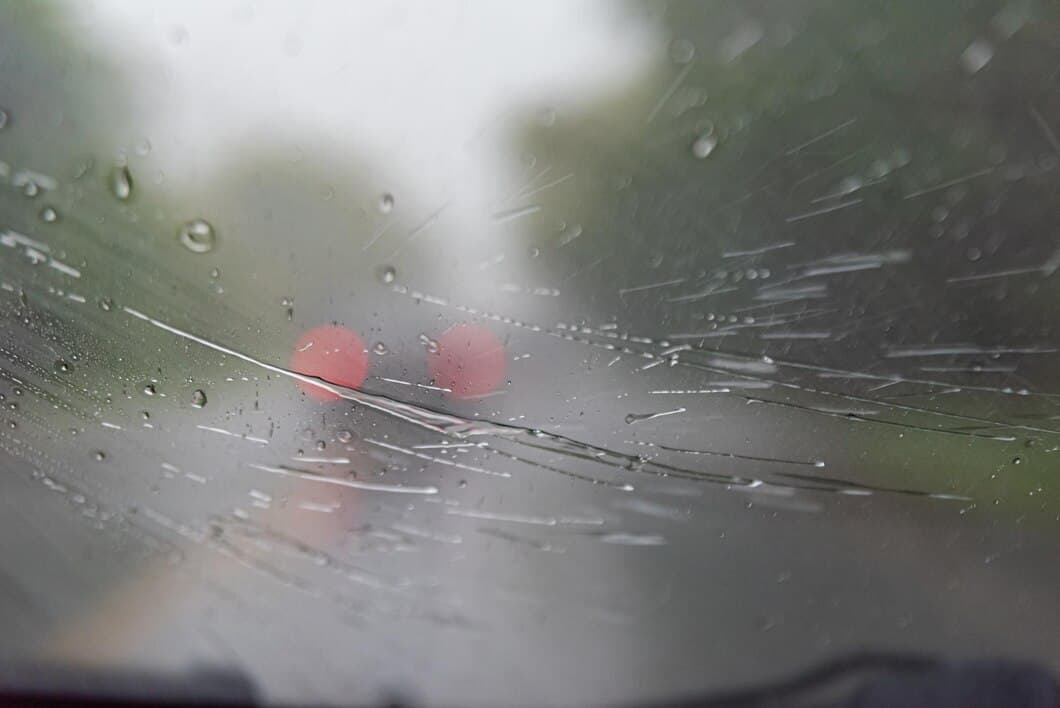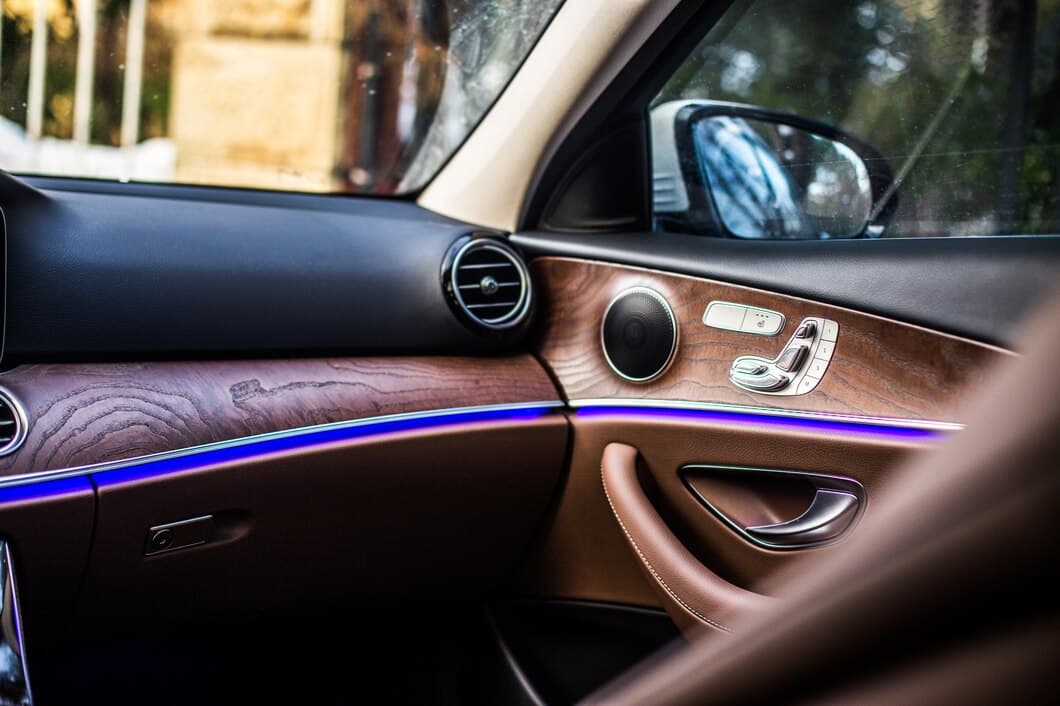
This article will explore the question of whether WD-40 can be used on wiper blades. We will examine the potential benefits and drawbacks of using WD-40 on wiper blades, and we will provide some tips on how to use WD-40 on wiper blades safely and effectively.
WD-40 is a water-displacing spray that is often used to lubricate and protect metal surfaces. It is also effective at removing dirt and grime. However, WD-40 is not specifically designed for use on wiper blades. Some people believe that WD-40 can damage the rubber on wiper blades, making them less effective at wiping away water and debris.
WD-40 as a temporary solution
WD-40 performs well as a solvent for removing tar, sap, and other grime from wiper blades. Similarly, you can also use the product as a lubricant to help quieten noisy blades. However, it's important to note that these results are temporary. The water repellent effect of WD-40 will wear off as the solution evaporates or is washed away by rain. As such, you should only use it as a stop-gap measure until you can replace your wiper blades or seek professional assistance.
Given that WD-40 can attract dirt and dust, regular cleaning of your wiper blades is a must when using this solution. This build-up can interfere with the blade's performance and leave streaks on your windshield. Moreover, avoid using too much WD-40, as this can lead to smearing and impair visibility even further.
Although WD-40 is a household staple, it isn't suitable for every task. When it comes to wiper blade care, it's wise to opt for products designed specifically for this purpose. These specialized solutions are formulated to repel water, reduce noise, and enhance the longevity of your wiper blades.
Cautions when using WD-40
WD-40 is a versatile product that can be used for a variety of purposes, but it is important to use it with caution. WD-40 is a petroleum-based product, and it can be harmful if it is ingested or if it comes into contact with your skin or eyes. It is also important to keep WD-40 away from children and pets.
If you are using WD-40 on a surface that will come into contact with food, be sure to wipe the surface clean with a damp cloth after you have applied the WD-40. WD-40 can also damage certain types of plastics and rubber, so it is important to test it on a small area before you apply it to the entire surface.
Overall, WD-40 is a useful product that can be used for a variety of purposes, but it is important to use it with caution. Be sure to read the label carefully before you use WD-40, and follow the instructions for use. If you have any questions about using WD-40, be sure to consult a qualified professional.
WD-40 alternatives like silicone spray
If you don't have WD-40 on hand, there are a few other products you can use to lubricate your wiper blades. Silicone spray is a good option, as it is also water-resistant and will not damage the rubber on your blades. You can also use a light oil, such as mineral oil or sewing machine oil. However, avoid using any oil-based products, as these can damage the rubber on your blades.
To apply the lubricant, simply spray or wipe it onto the rubber blade of your wipers. Be sure to coat the entire blade, including the edges. Wipe away any excess lubricant with a clean cloth.
Once you have lubricated your wiper blades, test them out by running them over your windshield. You should notice that they are now moving more smoothly and quietly.
Lubricating your wiper blades is a simple and inexpensive way to keep them in good condition and extend their lifespan. By following these tips, you can ensure that your wiper blades are always working properly and keeping your windshield clear.
Best practices for maintaining wiper blades

To maximize the effectiveness of your vehicle's wipers, there are proven best practices you should follow. Firstly, ensure regular cleaning of both the windshield and the blades themselves. Dirt and grime buildup can hinder the blades' performance. A simple solution of water and a mild detergent can effectively remove this buildup. Additionally, protect your wiper blades from harsh weather conditions. When not in use, it is advisable to keep them raised to prevent exposure to the elements and avoid premature wear and tear.
Furthermore, avoid using WD-40 or similar penetrative oils on wiper blades. While these products may initially provide a temporary improvement in performance, they can have long-term adverse effects. These oils attract dirt and can lead to premature deterioration of the rubber composition of the blades. Instead, opt for dedicated wiper blade cleaning solutions designed to maintain their functionality without compromising their longevity.
How to clean wiper blades with WD-40

Signs of worn-out wiper blades

When to replace wiper blades

Conclusion
In conclusion, while WD-40 can provide a temporary solution for cleaning and lubricating wiper blades, it's not a long-term fix and can damage the rubber over time. Instead, consider using a dedicated wiper blade cleaning solution or replacing old or worn blades for optimal performance and visibility.
Remember, neglecting your wiper blades can compromise your driving safety, especially during inclement weather. Regular maintenance and timely replacements ensure they function effectively, keeping your windshield clear and your vision unobstructed.
Frequently Asked Questions
Is it okay to use WD-40 on my wiper blades?
It is generally not recommended to use WD-40 on wiper blades because it can damage the rubber and reduce the effectiveness of the blades. WD-40 is a water displacement formula, and while the water displacement properties of WD-40 can help repel water from the windshield, it can also damage the rubber on the wiper blades. The harsh chemicals in WD-40 can cause the rubber to become brittle and crack, reducing the effectiveness of the wipers.
What should I use to clean my wiper blades?
To clean your wiper blades, use a clean cloth and a mixture of water and white vinegar. Wipe the blades down, removing any dirt or debris. You can also use a commercial wiper blade cleaner, but be sure to read the instructions carefully.
How often should I clean my wiper blades?
You should clean your wiper blades regularly, especially during the winter months when they are used more frequently. A good rule of thumb is to clean them every few months or as needed.
How can I tell if my wiper blades need to be replaced?
If your wiper blades are streaking, chattering, or skipping, they may need to be replaced. You should also replace them if they are cracked or torn. Replacing your wiper blades is a relatively inexpensive and easy task that can help improve the safety and visibility of your vehicle.
Conclusion
In summary, WD-40 is not an appropriate lubricant for wiper blades. Although it may provide temporary relief from squeaking noises, it can damage the rubber components of the wiper blades and reduce their effectiveness. Additionally, WD-40 can attract dirt and grime, which can further impair wiper blade performance.
For optimal wiper blade performance and longevity, it is best to use a dedicated wiper blade lubricant or cleaner specifically designed for that purpose. These products are formulated to lubricate the rubber components without damaging them and help repel dirt and grime.